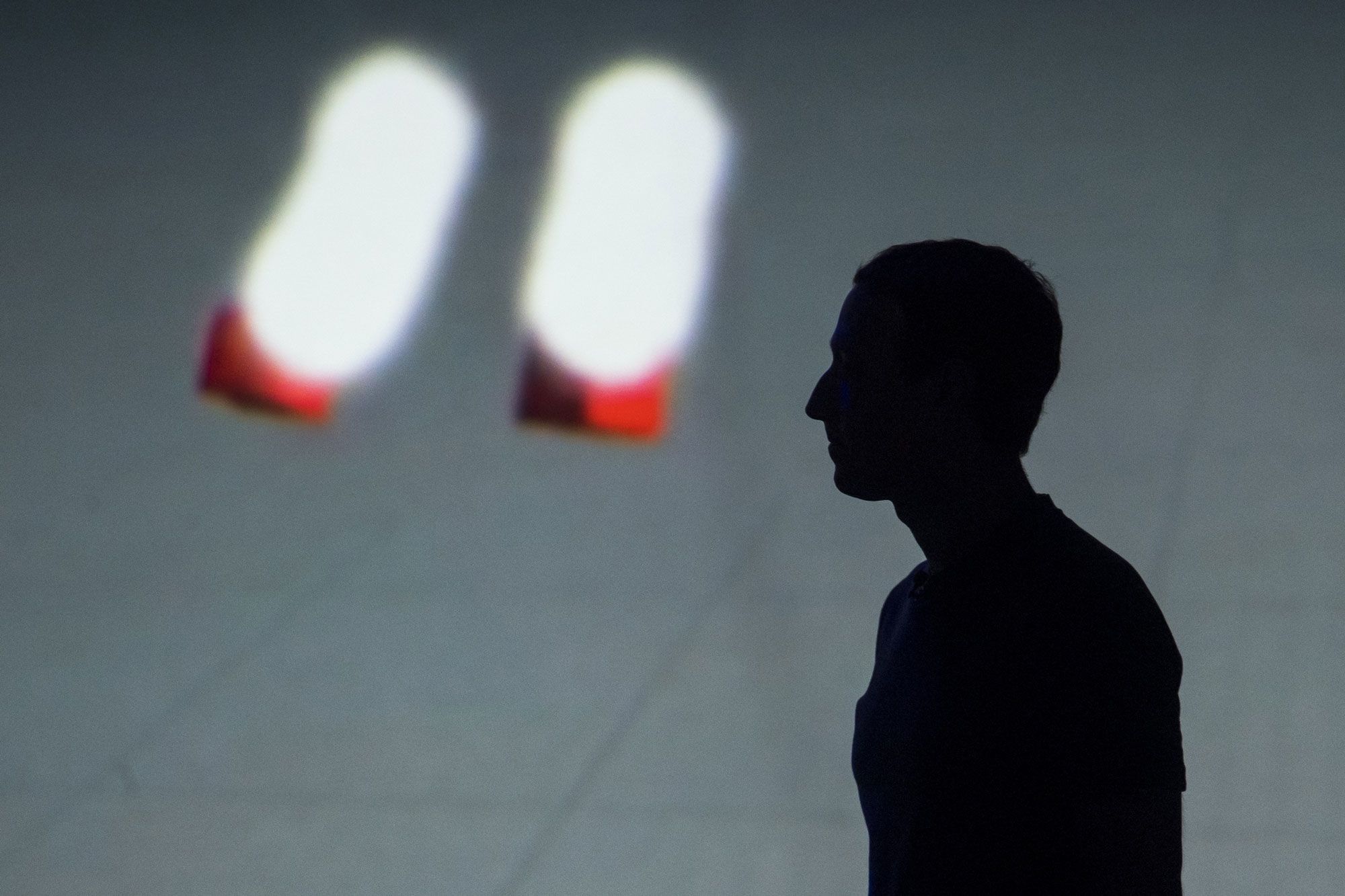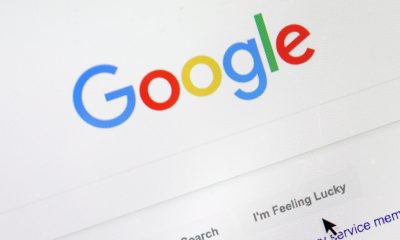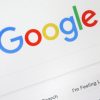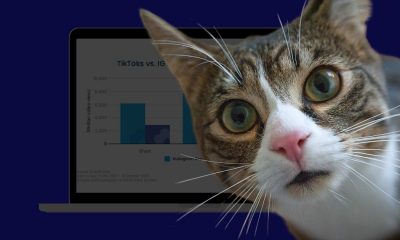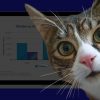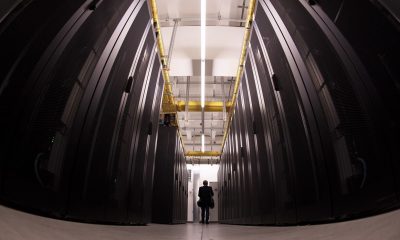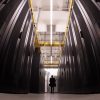SOCIAL MEDIA NEWS
The untold story of Building 8
[ad_1]
In her relatively brief tenure as a vice president at Facebook, Regina Dugan often started each week with a team huddle. On Oct. 17, 2017, a year and a half into her job running the advanced projects laboratory known as Building 8, she called her standard meeting.
But this time Dugan, a longtime Silicon Valley engineer and executive who previously spent four years at Google, had stunning news to deliver. On the verge of tears, she told the dozens of people in her group that she was leaving the company to explore new ideas on her own, according to former Building 8 employees.
It was shocking, not only because Dugan had come on board just 18 months earlier, but because Building 8 was leading Facebook’s effort to get into the hardware game, where CEO Mark Zuckerberg was desperate to play. When he announced the hiring of Dugan in April 2016, Zuckerberg said Facebook would “be investing hundreds of people and hundreds of millions of dollars into this effort over the next few years.”
Dugan’s departure marked a huge setback for Facebook, which has repeatedly struggled to break into hardware while its big tech rivals Apple, Google, Amazon and Microsoft have found various ways to succeed, whether through popular consumer electronics like the iPhone and Xbox or streaming devices and voice assistants from Amazon and Google.
In December 2018, just two and a half years after its inception, Building 8 was stripped apart, with the core of the group becoming Portal. That product, the only gadget launched publicly by Building 8, is a video-calling device that’s failed thus far to gain traction in a highly competitive market.
Facebook’s Portal is the company’s first entry in the smart speaker market.
Building 8’s experience highlights Facebook’s central quandary as it seeks to diversify beyond mobile ads, which account for 93% of revenue, and expand into the costly business of developing, manufacturing and selling consumer devices. Coding is Facebook’s DNA, but the company’s hacker culture clashes with the realities of hardware development, which demands longer time horizons and relationships with a wide swath of manufacturers and resellers, all issues well beyond Facebook’s core.
Furthermore, as the company continues its effort to develop Portal, it has to contend with a deterioration of trust among consumers following a host of privacy scandals that make it difficult to lure customers into buying a Facebook-branded camera for their living room.
There’s a lot of money at stake. The smart home market, which includes speakers and entertainment products, is forecast to reach $151.4 billion in revenue by 2024, up from $76.6 billion last year, according to a Research and Markets report from January. The analysis doesn’t include Facebook among the more than three-dozen companies listed as potentially key players.
In reporting on Facebook’s hardware challenge, illustrated by the rise and fall of Building 8, CNBC spoke with more than a dozen former employees from the team who requested anonymity because they weren’t authorized to speak about their experiences.
Dugan declined to be interviewed for this story.
A visionary leader
Dugan, who has a PhD in mechanical engineering from Caltech, gained recognition in the tech industry for her work at the Defense Advanced Research Projects Agency, or DARPA, where she was a director from 2009 to 2012. Google hired her in 2012 to create the Advanced Technology and Projects (ATAP) group inside Motorola Mobility, a unit Google retained even after selling Motorola to Lenovo in 2014.
Within Google, Dugan reported directly to Sundar Pichai, according to people with knowledge of the matter. At the time, Pichai was product chief but ran day-to-day operations and was eventually promoted to CEO in August 2015. Dugan lost some of her direct access to Pichai when Google hired former Motorola President Rick Osterloh to come back as senior vice president of hardware in April 2016.
That’s about the time Zuckerberg was looking to expand Facebook’s hardware efforts, which had been mostly limited to the acquisition of virtual reality headset maker Oculus two years earlier. Following Amazon’s success with its Echo speakers, Zuckerberg wanted Facebook to have its own smart home device, former Facebook employees said.
In her public departure note from Google, Dugan wrote a 450-word Facebook post, calling it a “bittersweet day” but expressing her excitement to do what she loved most.
“Audacious science delivered at scale in products that feel almost magic,” she wrote. “A little badass. And beautiful. There is much to build at Facebook… and the mission is human… compelling.”
One of the first things she did upon arriving at Facebook was to look for early-stage projects that had potential to blossom. She found a prototype with the code name Little Foot, an iPad placed on a motorized base that could detect a person in the room and swivel in that direction.
Mark Zuckerberg delivers a keynote at Facebook’s Oculus Connect 5 event in San Jose, California, on September 26, 2018.
Screenshot
With Zuckerberg pushing his company to prioritize video, Building 8 decided to use Little Foot as the basis for a consumer video-calling device. The team worked with award-winning photographer and documentary filmmaker Lucian Perkins to develop a feature that allowed the device’s camera to focus on the speaker in the video frame.
The idea for the machine was to build a bridge that digitally cut the distance between loved ones — a portal. Building 8 experimented with the device’s size, testing versions as big as large-screen TVs. The ideal experience would be a wall-to-ceiling product, a former Building 8 executive said. By late 2016, the group had put together a prototype and demo to show Facebook Chief Technology Officer Mike Schroepfer, who gave it the green light and told Dugan to bring the product to customers.
Internal tension
The eight in Building 8 represented the number of letters in Facebook. Its physical location was inside Building 59 on Facebook’s main campus in Menlo Park, California, not far from the huge iconic thumbs up sign. That’s where, in June 2017, a select few employees showed up for b*8 Underground, a quarterly event intended to showcase Building 8’s work.
The exclusive invitations had arrived in the form of stainless steel slabs. To get into the event, attendees handed their invitation to a staffer, who put the slabs onto a machine programmed to cut the metal into a bottle opener. The staffer then handed back the bottle opener, along with a beer.
Inside, Facebook employees got to see early versions of Portal as well as other experiments like a brain-computer interface designed to allow humans to mind-control a device, and Project Sequoia, an augmented reality adventure resembling the hologram-like computers in “Iron Man” movies.
But as employees marveled at Building 8’s creations, tensions were beginning to brew. Some staffers resented Building 8’s secretiveness — to enter the space you needed an escort. The group was spending lavishly, shelling out over $100 million a year on vendors, consultants and show-off events, according to two former executives.
There were also internal struggles. People who came from the hardware industry were shocked by Facebook’s unrealistic production timeline. The company expected Building 8 to ship its first product within a year, a fraction of the time it normally takes to develop hardware devices, former employees said. A Facebook spokeswoman disputed that fact and said Building 8 was not expected to ship products within that timeframe.
And then there was the Facebook stigma. Following the company’s role in enabling the spread of disinformation in the 2016 election, the team knew it faced a massive public trust and privacy problem.
Hardware is hard
Dugan’s pace of progress was a key source of friction between Building 8 and its parent company. She was working on two-year timelines, but in Aug. 2017, Facebook made a decision designed to speed things up.
Schroepfer announced that Andrew “Boz” Bosworth, a longtime vice president who had run the company’s ads and business team, would manage consumer hardware, including Oculus and Building 8. Bosworth was a Zuckerberg loyalist, having joined the company in 2006, but he had no experience in hardware.
As it turned out, that decision spelled the beginning of the end for Dugan. Less than two months later, she announced her sudden departure. Dugan’s former colleagues say it’s unclear if she was fired or quit, but over the following weeks many of her deputies followed her out the door.
Bosworth named Rafa Camargo, who had followed Dugan from ATAP, as the interim head. When it came to technological decisions, Bosworth offered little direction, former employees said.
Camargo told CNBC in an interview that Bosworth’s contributions are significant and that he’s responsible for the hardware, software, marketing, go-to market and manufacturing decisions behind all of the devices Facebook has released since the Oculus Go in May 2018.
“It’s super difficult to launch products on time, in quality, in volume and in need of the market, and he’s leading it all,” Camargo said.
Amid Building 8’s turmoil, by early 2018 Facebook had a more existential problem on its hands that derailed any chance the company had of getting Portal to market on its accelerated timeline.
In March of that year, multiple publications reported that Cambridge Analytica, a London-based political consulting firm, had improperly accessed the data of up to 87 million Facebook users, a scandal that would send the company’s stock spiraling downward and ultimately lead Zuckerberg to turn his attention to creating a “privacy-focused social platform.”
Within days, Bosworth told his team that Facebook had hit a low in terms of user trust and said it wasn’t the right time for Portal. He didn’t offer a projected launch date, and said the team was going to rethink the design.
Facebook’s spokeswoman told CNBC that Portal launched on schedule as the company’s plan was always to release the product in the fall of 2018. Multiple former Building 8 employees said the rollout was delayed numerous times.
L to R: Casey Newton (Silicon Valley Editor, The Verge), Adam Mosseri (Head of Instagram, Facebook), Andrew Bosworth (Vice President of AR/VR, Facebook)
Asa Mathat | Vox Media
Facebook finally released two Portal video-chatting devices in November, with the addition of camera covers so users could block the lens.
Portal immediately hit privacy snags. A week after telling Recode that no data collected by Portal would be used to target Facebook users with ads, the company walked back the statement and said that because Portal’s software was built on Facebook’s Messenger infrastructure, it collected the same type of type of data and could potentially be used to inform ads.
A month after the release, Camargo announced that Building 8 was no more and the group would now be known as Portal. In early 2018, the remaining research projects were moved to Oculus Research, which has since been rebranded as Facebook Reality Labs, based in Redmond, Washington. That’s where the company is working on a brain-reading interface — a noninvasive wearable device that will allow people to type using their thoughts.
Portal sales have been so disappointing that Facebook has slashed prices multiple times. According to IDC, the company has shipped just over 54,000 Portal devices since its launch (The Information first cited this data). Michael Levin of Consumer Intelligence Research Partners described Portal’s market share and consumer awareness as “immaterial.”
Facebook’s representative said the IDC number is inaccurate but wouldn’t provide an official figure. Camargo said Portal has exceeded Facebook’s expectations both in sales and user engagement.
“We’re quite excited about it,” he said.
In April, CNBC confirmed that the company is developing a voice AI assistant that could be used in future Portal devices as well as Oculus headsets and other projects. Bosworth said at the Code Conference in June that the company plans to launch multiple new versions of Portal later this year, and Camargo told CNBC that Facebook is working on new augmented reality products. Through the experience of Building 8, Facebook learned what it takes to consistently build multiple, complex, high-quality products, he added.
One of the expected future devices is a project with the code name Ripley, which Cheddar previously covered and CNBC confirmed with former employees. Ripley is a small device with a built-in camera designed to sit on top of a TV, turning it into a Portal screen.
“Hardware is coming to the home,” Bosworth said at Code Conference. “We want to make sure that human connection, connection between two people, is a first-party experience on that hardware.”
WATCH: Here’s how to see which apps have access to your Facebook data — and cut them off
Follow @CNBCTech on Twitter for the latest tech industry news.
[ad_2]
Source link



